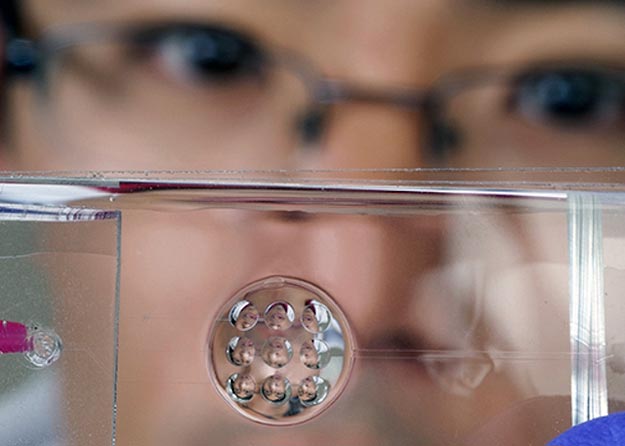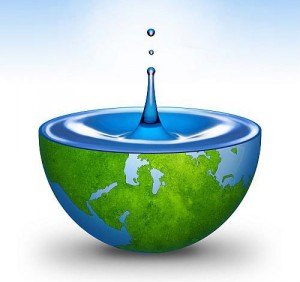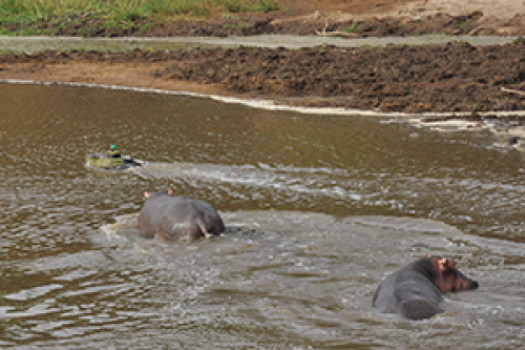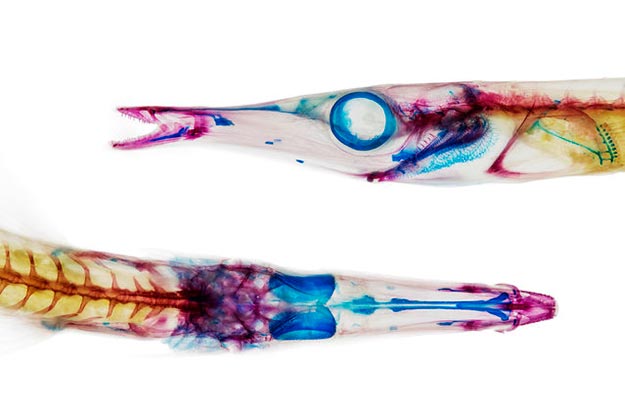Lenses which focus as a real eye is a photographers’ dream. And how about simple lenses on which any image is projected – even a favourite TV show? And military dreams are augmented reality lenses and “invisibility ray”. It turns out that prototypes of all these devices already exist.
 Camera will become an eye. Yet human eye is considered to be an ideal lense. It can focus on different objects, no matter how far they are. Until recent time contemporary photographic and video equipment was far from it. Scientists from Ohio State University invented a water filled lense which can rapidly change focus by changing its form. Device works similarly as an insects’s eye. The entire lense is composed of a great number of tiny domed niches, connected by channels, so the liquid can flow from one dome to another. Lense developers believe that this will be a breakthrough in digital cameras capabilities and they will become more safe, because they will require less object-glasses. Read more
Camera will become an eye. Yet human eye is considered to be an ideal lense. It can focus on different objects, no matter how far they are. Until recent time contemporary photographic and video equipment was far from it. Scientists from Ohio State University invented a water filled lense which can rapidly change focus by changing its form. Device works similarly as an insects’s eye. The entire lense is composed of a great number of tiny domed niches, connected by channels, so the liquid can flow from one dome to another. Lense developers believe that this will be a breakthrough in digital cameras capabilities and they will become more safe, because they will require less object-glasses. Read more





